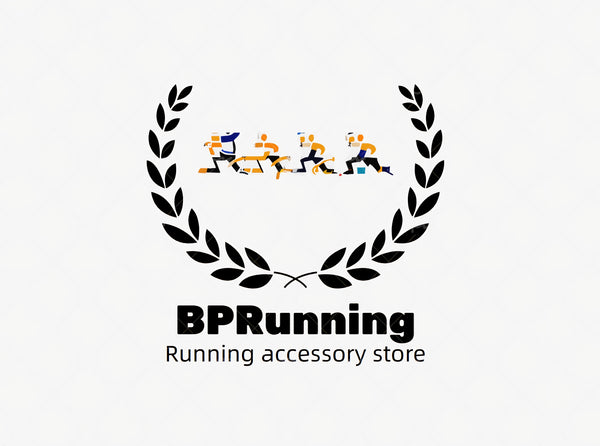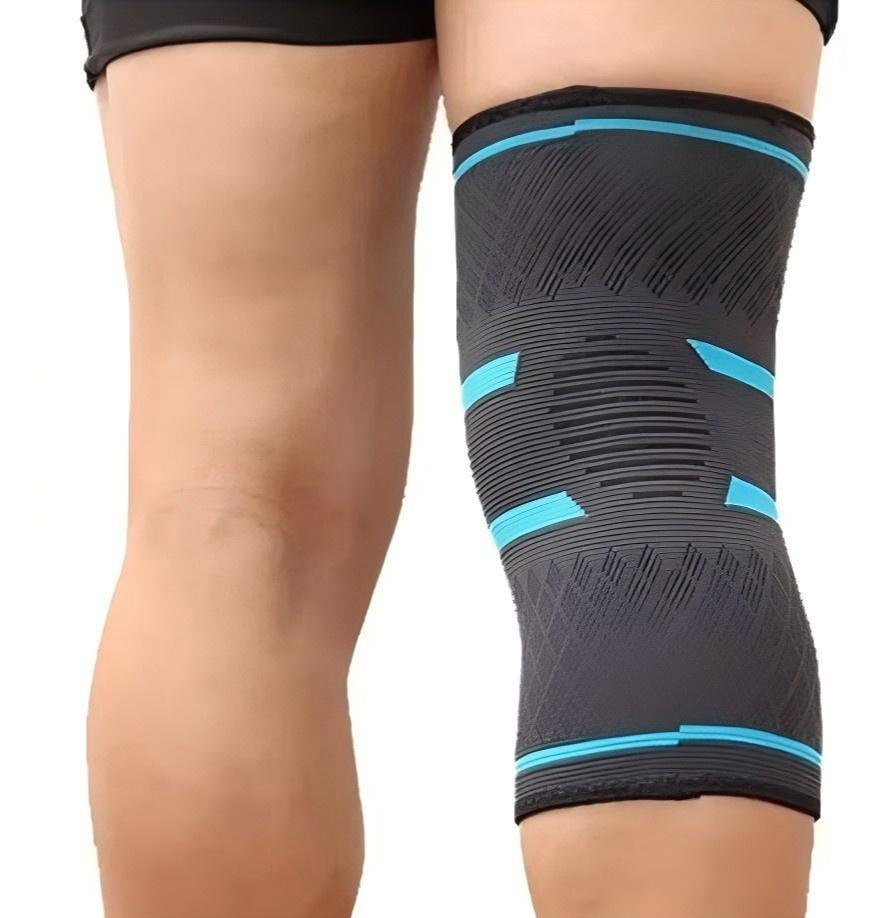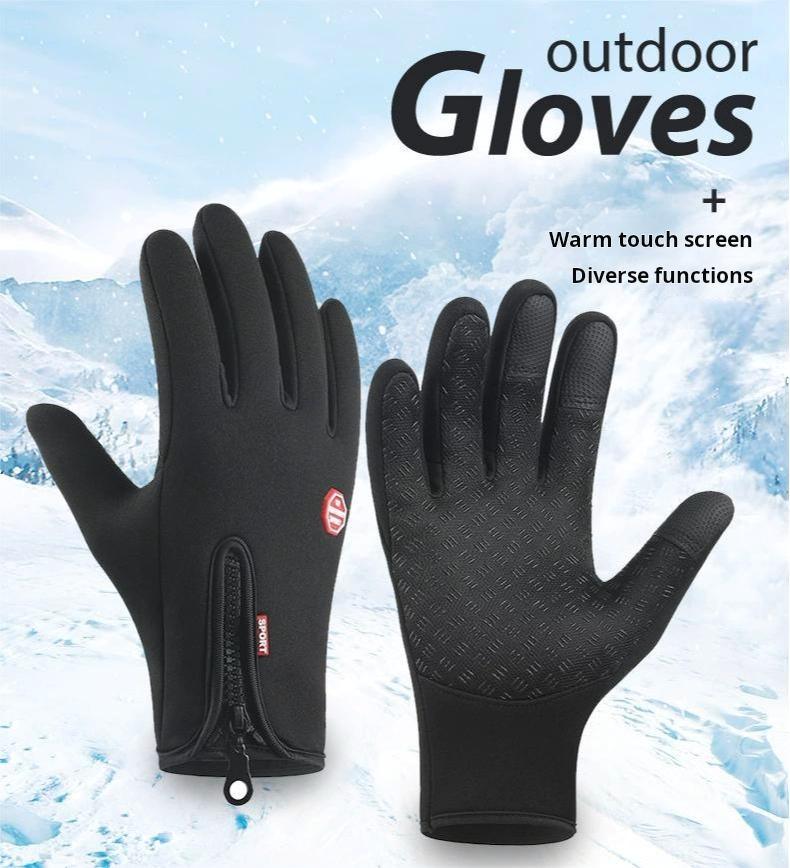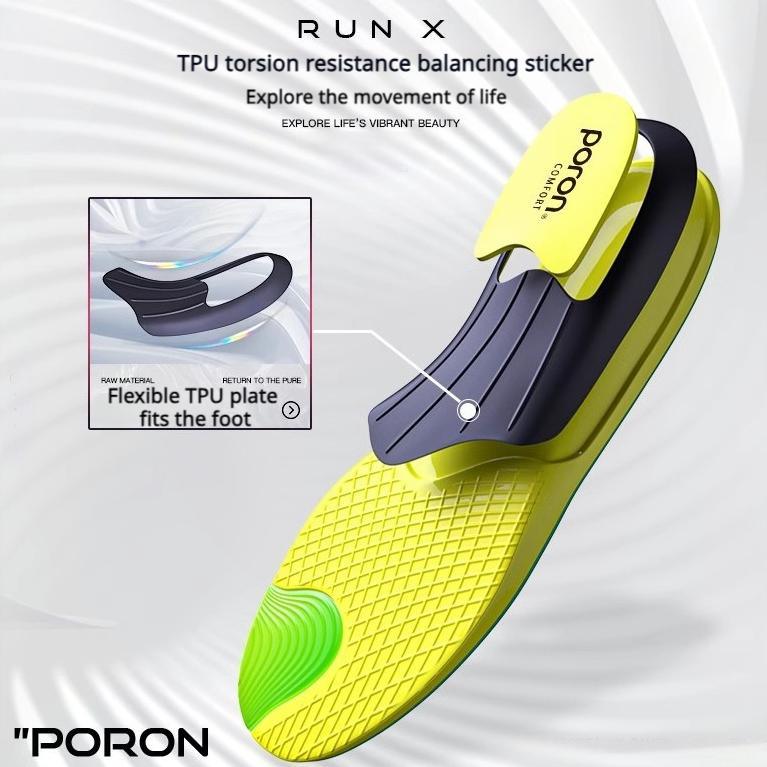
Recognizing Stress Fracture Warning Signs to Keep You Running
Aktie
Running is an exhilarating way to stay fit, build endurance, and clear your mind, but it's not without risks. One of the most insidious threats to runners is bone stress injuries (BSIs), which can sideline you for weeks or even months if not caught early. These injuries, including stress fractures, often develop gradually from repetitive impact and overuse, making them tricky to spot. Unlike a dramatic break from a fall, stress fractures are tiny cracks in the bone that build up over time, causing persistent pain and requiring significant rest to heal properly.
The good news? By learning to recognize the subtle warning signs, you can intervene early, avoid escalation, and minimize time off your feet. Ignoring ongoing discomfort isn't just unwise—it can turn a minor issue into a major setback, potentially leading to chronic problems or the need for more invasive treatments like surgery in severe cases. In this post, we'll dive deep into what BSIs and stress fractures really are, break down the key warning signs with detailed examples, explain how to address suspicions, and share proven prevention strategies. Armed with this knowledge, you'll be better equipped to listen to your body and keep running strong.
Understanding Bone Stress Injuries vs. Stress Fractures: A Deeper Dive
To effectively spot and prevent these issues, it's essential to understand the science behind them. Bone stress injuries (BSIs) encompass a spectrum of overuse problems where repetitive loading—think the constant pounding of your feet on pavement during runs—causes microdamage to the bone tissue. Over time, this damage accumulates, leading to inflammation, pain, and weakened bone structure. Bones are living tissues that remodel and strengthen in response to stress, but when the stress exceeds the bone's ability to repair itself (often due to factors like sudden increases in training volume, poor nutrition, or biomechanical imbalances), injuries occur.
Stress fractures represent the more severe end of the BSI spectrum. They are essentially advanced BSIs where the microdamage has progressed to actual cracks in the bone. Medical professionals often grade BSIs on a scale from 1 to 4 using MRI imaging:
Grade 1: Mild periosteal edema (swelling around the bone's outer layer) with no visible fracture line—recovery might take just 2-4 weeks with rest.
Grade 2: More pronounced edema and early marrow involvement, potentially requiring 4-6 weeks off.
Grade 3: Visible stress reaction with marrow edema but no full crack—recovery could span 6-8 weeks.
Grade 4: A true stress fracture with a clear fracture line, often demanding 8-12 weeks or more of rest, depending on the location.
According to studies from sports medicine journals (up to 2024), stress fractures make up about 20% of all BSIs in athletes, particularly runners. They're not always "complete" breaks like you'd see in a traumatic injury; many start as inflammation under the periosteum (the bone's protective membrane) or within the bone marrow. Common sites include the tibia (shinbone), metatarsals (foot bones), femur (thigh bone), and pelvis—areas that bear the brunt of running's impact forces.
What makes them sneaky? They often lack an obvious trigger, emerging from cumulative stress rather than a single event. Factors like low bone density (e.g., in women with the female athlete triad: low energy availability, menstrual irregularities, and bone loss) or hormonal imbalances can accelerate progression. If untreated, a low-grade BSI can evolve into a full fracture, prolonging recovery and increasing risks like non-union (where the bone doesn't heal properly).
5 Key Stress Fracture Warning Signs: Detailed Breakdown
Early detection hinges on tuning into your body's signals. Here are five hallmark signs of a potential BSI or stress fracture, explained in detail with real-world examples and why they occur.
1. Pain With Activity That Feels Deep and Persistent: This is often the first red flag. Pain might start as a vague, deep ache or throbbing sensation during running, jumping, or any weight-bearing activity. It stems from inflammation and microdamage irritating nerve endings in the bone. For instance, a runner might notice discomfort in the shin that begins midway through a 5K but fades post-run initially. As the injury progresses, it could sharpen into a stabbing pain, especially on uneven terrain. Unlike temporary soreness, this pain is tied to mechanical stress on the bone, not just muscle fatigue.
2. Point Tenderness and Localized Sensitivity: If pressing on a specific spot—like the middle of your shin or the top of your foot—elicits sharp pain, it could indicate a BSI. This tenderness arises from inflammation around the damaged bone area, often accompanied by subtle swelling, warmth, or even slight bruising. Why? The body's inflammatory response is trying to protect and heal the site, but continued activity exacerbates it. A classic example is "shin splints" that don't resolve with rest, which can actually be an early BSI mimicking medial tibial stress syndrome.
3. Symptoms That Improve With Rest (But Don't Fully Resolve Quickly): One telling clue is that pain eases significantly when you stop the aggravating activity, such as after a few days off running. This happens because rest allows the bone's natural repair processes to kick in without further damage. However, unlike a simple muscle pull that might heal in days, BSIs require prolonged recovery—sometimes weeks—for the bone to remodel. If symptoms return immediately upon resuming activity, it's a strong indicator of an underlying bone issue rather than soft tissue strain.
4. Pain That Worsens During or After Runs: BSIs are progressive; the pain intensifies with continued stress because each step adds to the microdamage. For example, what starts as mild discomfort at mile 1 might become unbearable by mile 5, forcing you to limp home. This escalation differs from muscle strains, which might warm up and feel better mid-run. Scientifically, it's due to increased fluid buildup and pressure in the bone marrow, amplifying pain signals. Nighttime throbbing (even without activity) is another escalation sign, as it suggests ongoing inflammation.
5. Migrating or Non-Localized Pain: Pain from a BSI isn't always pinpointed; it can feel like it's shifting or radiating to nearby areas, such as from the shin to the knee or ankle. This occurs because the injury affects the bone's interconnected structure and can refer pain along fascial lines or nerves. It makes self-diagnosis tough—runners might mistake it for a pulled muscle or joint issue. In reality, it's the bone's way of signaling widespread stress, often linked to biomechanical flaws like overpronation or uneven gait.
How to Address a Suspected Stress Fracture: Step-by-Step Guidance
If you notice any of these signs persisting for more than two weeks—especially if they're worsening—don't push through. Delaying can turn a manageable injury into a season-ender. Start by consulting a sports medicine specialist, orthopedic doctor, or podiatrist experienced in running injuries. They'll conduct a thorough history and physical exam, possibly including a "hop test" (where hopping on the affected leg reproduces pain) to assess severity.
Diagnosis often involves imaging: X-rays might miss early BSIs (as they only show fractures after 2-3 weeks), so an MRI is the gold standard for grading and confirming issues. Bone scans or CTs are alternatives but less common due to radiation exposure. Early detection is vital for high-risk sites like the femoral neck (hip) or tibia, where complications like avascular necrosis (bone death from poor blood supply) can occur.
Once diagnosed, treatment focuses on unloading the bone: expect 4-12 weeks (or more) without running, using crutches, boots, or doing non-weight-bearing activities like swimming for cardio. Physical therapy plays a key role, offering tailored exercises to strengthen surrounding muscles, improve biomechanics (e.g., gait analysis), and monitor progress with tools like ultrasound. Nutrition support, such as vitamin D and calcium supplements, can speed healing. In rare cases, medications like bisphosphonates or even surgery might be needed for non-healing fractures.
Tips for Preventing Stress Fractures: Proactive Strategies
Prevention is always better than cure. Here's how to build resilient bones and avoid BSIs, with detailed reasoning.
1. Gradually Increase Mileage and Intensity: Follow the 10% rule: don't boost your weekly mileage by more than 10% to give bones time to adapt via Wolff's Law (bones strengthen in response to gradual stress). For example, if you're at 20 miles/week, aim for no more than 22 next week, incorporating rest days and cross-training.
2. Rotate Your Shoes and Prioritize Proper Fit: Switch between shoe types to vary impact forces—avoid over-relying on highly cushioned models, as they can reduce proprioception (ground feel) and lead to inefficient running form. Opt for shoes with moderate cushioning that match your foot type; replace them every 300-500 miles to maintain shock absorption.
3. Fuel Appropriately for Bone Health: Nutrition is crucial—aim for 1,200-1,500 mg of calcium daily (from dairy, leafy greens, or supplements) and 600-800 IU of vitamin D to support bone density. Runners with low energy intake risk relative energy deficiency in sport (RED-S), weakening bones. Track your diet with apps to ensure balanced macros, including protein for tissue repair.
4. Incorporate Regular Health Checks and Strength Training: Annual physicals can catch risk factors like low bone mineral density via DEXA scans. Add weight-bearing strength exercises (e.g., squats, lunges) 2-3 times/week to build bone resilience, and consider yoga or Pilates for flexibility and balance to prevent compensatory injuries.




